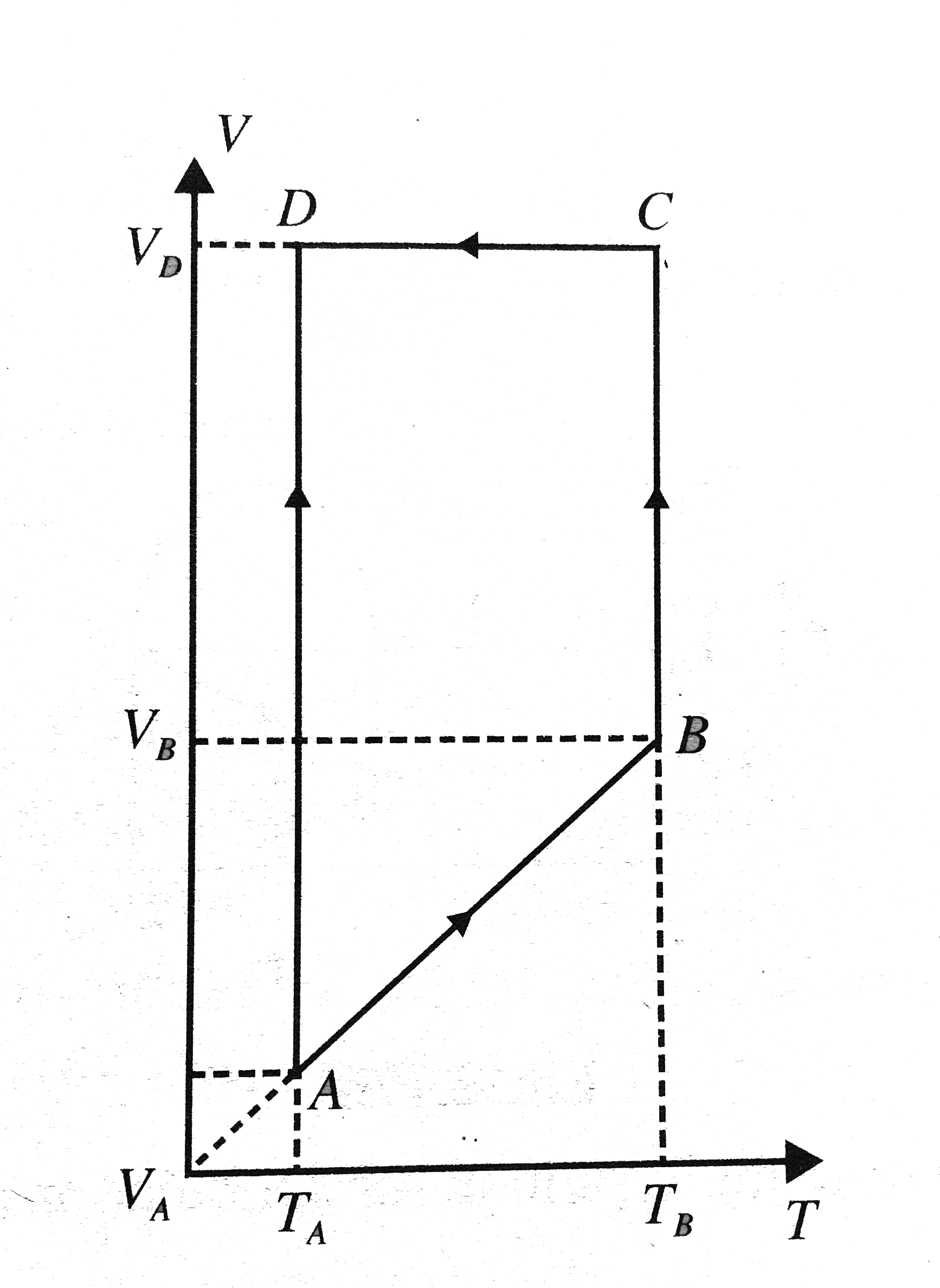If the vrms is 30R1/2 at 27∘C then calculate the molar mass of gas in kilogram.
0.02 kg/mol
0.001 kg/mol
0.003 kg/mol
1 kg/mol
The correct Answer is:d
To solve the problem step by step, we need to use the formula for the root mean square velocity (vrms) of a gas, which is given by:
vrms=√3RTM
where:
- vrms = root mean square velocity
- R = universal gas constant
- T = absolute temperature in Kelvin
- M = molar mass of the gas in kg/mol
Step 1: Convert the temperature from Celsius to Kelvin
The temperature given is 27∘C. To convert this to Kelvin, we use the formula:
T(K)=T(°C)+273.15
So,
T=27+273.15=300.15K≈300K
Step 2: Set up the equation for vrms
We know from the problem that:
vrms=30√R
Substituting this into the vrms formula gives us:
30√R=√3RTM
Step 3: Square both sides to eliminate the square root
Squaring both sides results in:
(30√R)2=3RTM
This simplifies to:
900R=3RTM
Step 4: Rearrange the equation to solve for M
Now, we can rearrange the equation to isolate M:
M=3RT900R
The R in the numerator and denominator cancels out:
M=3T900
Step 5: Substitute the value of T
Now, substituting T=300K:
M=3×300900
This simplifies to:
M=900900=1g/mol
Step 6: Convert grams per mole to kilograms per mole
To convert the molar mass from grams per mole to kilograms per mole, we divide by 1000:
M=1g/mol=11000kg/mol=0.001kg/mol
Final Answer
Thus, the molar mass of the gas is:
0.001kg/mol
- vrms = root mean square velocity
- R = universal gas constant
- T = absolute temperature in Kelvin
- M = molar mass of the gas in kg/mol
The temperature given is 27∘C. To convert this to Kelvin, we use the formula:
We know from the problem that:
Squaring both sides results in:
Now, we can rearrange the equation to isolate M:
Now, substituting T=300K:
To convert the molar mass from grams per mole to kilograms per mole, we divide by 1000:
Thus, the molar mass of the gas is:
Topper's Solved these Questions
- BOOK - NARENDRA AWASTHI ENGLISHCHAPTER - GASEOUS STATEEXERCISE - Level 230videos
GASEOUS STATE
- BOOK - NARENDRA AWASTHI ENGLISHCHAPTER - GASEOUS STATEEXERCISE - Level 3 Passage 14videos
GASEOUS STATE
- BOOK - NARENDRA AWASTHI ENGLISHCHAPTER - ELECTROCHEMISTRYEXERCISE - Subjective problems14videos
ELECTROCHEMISTRY
- BOOK - NARENDRA AWASTHI ENGLISHCHAPTER - IONIC EEQUILIBRIUMEXERCISE - Subjective problems1videos
IONIC EEQUILIBRIUM
Similar Questions
Calculate the molar volume of gas at STP
View SolutionThe density of a gas is found to be 1.56 g dm−3at 0.98 bar pressure and 65∘C. Calculate the molar mass of the gas.
View SolutionIf 3 moles of H2 gas is mixed with 2 moles of helium gas, then calculate equivalent molar mass of the gas and adiabatic exponent of the mixture?
View Solution0.30 g of gas was found to occupy a volume of 82.0 mL at 27∘C and 3 atm. Pressure. The molecular mass of the gas is
View SolutionCalculate the number of moles of hydrogen contained in 18 liters of a gas at 27∘C and 0.92 bar pressure. If the mass of hydrogen is found to be 1.350g. Calculate the molecular mass of hydrogen.
View SolutionAt 30∘C and 720 mm of Hg, the density of a gas is 1.5 g/lt. Calculate molecular mass of the gas. Also find the number of molecules in 1 cc of the gas at the same temperature.
View SolutionA first order reaction is 50% complete in 30 min at 27∘C. Calculate the rate constant of the reaction at 27∘C.
View SolutionThe density of gas is 1.27gL−1 at 50∘C and 0.987×105 Pa. Calculate ist molar mass.
View SolutionA monatomic idea gas of 2mol is taken through a cyclic process starting from A as shown in figure. The volume ratio are VB/VA=2 and VD/VA=4. If the temperature TA at A is 27∘C, and gas constant is R. Calculate the temperature of the gas at point B
 View Solution
View SolutionA gas jar contains 1.7 g of ammonia gas. Calculate the following: a) Molar mass of ammonia.
View Solution

